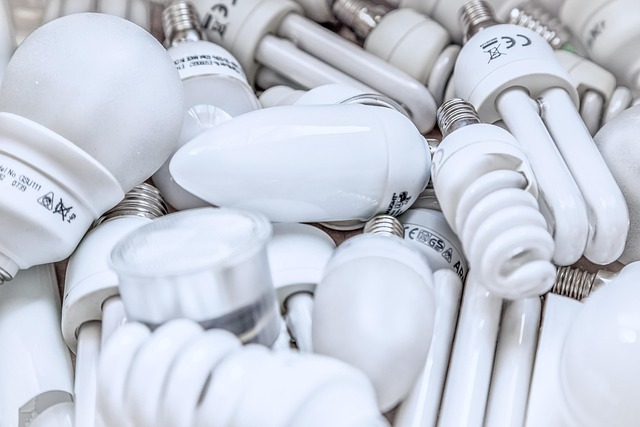Empowering Emission Control: A Pathway to Climate Justice
In the face of climate change, the call for climate justice resonates louder than ever. The impacts of climate change are not evenly distributed; they hit the most vulnerable among us the hardest. Communities that contribute the least to greenhouse gas emissions are often the first to face the consequences—extreme weather, rising sea levels, and food insecurity. This stark reality unveils a crucial narrative: addressing emissions is not just about the environment, but about achieving true social equity.
As we step into an era defined by environmental challenges, understanding the intricate connection between emission control and climate justice becomes essential. Eco-social movements advocate for policies aimed at reducing carbon emissions while simultaneously promoting the welfare of marginalized communities. These policies not only aim to lower the carbon footprint but also ensure that affected populations have a say in climate-related decisions that directly impact their lives.
Think about the air we breathe. Pollution from industrial emissions harms not only our planet but also our health. Communities adjacent to factories and power plants are often populated by low-income families and people of color. The environment they rely on suffers as emissions contaminate air and water sources. This inequity demands a decisive response—one that empowers these communities to become active participants in shaping the solutions.
Transitioning to renewable energy sources can be a gamechanger in the fight for climate justice. Wind, solar, and other sustainable technologies can provide cleaner alternatives while also creating jobs in communities previously dependent on fossil fuel industries. By investing in green technologies, we can pave the way for a fairer economy where the benefits are shared equitably. This transition must also be accompanied by education and training programs, ensuring everyone has access to the new opportunities that arise.
Moreover, enhancing emission regulations is vital. Governments must commit to stringent emission targets while ensuring that the path to these goals does not unduly burden vulnerable populations. This means prioritizing resources, such as subsidies for clean energy infrastructure, in communities hardest hit by climate change. It’s about transforming the energy landscape in a way that promotes resilience and sustainability for everyone, especially those who have been historically disenfranchised.
Individual action also plays a critical role in the larger narrative of climate justice. By making conscious choices—whether through reducing personal carbon footprints or advocating for policy changes—we can collectively impact emission levels. Grassroots movements and local organizations increasingly focus on uniting citizens who desire change, enhancing community engagement, and pushing for accountability from corporations and lawmakers alike.
Furthermore, we must acknowledge the global aspect of this issue. Climate change knows no borders, and neither does the quest for justice. Countries with larger industrial bases must take responsibility for their contribution to emissions, providing support to nations less equipped to manage climate crises. International cooperation is key to promoting a more just world where vulnerable countries receive assistance in building infrastructure resilient to climate impacts.
In our fight against climate change, we must recognize that the pathway to climate justice is intertwined with equity, inclusion, and empowerment. By not only addressing the environmental factors of emission control but also focusing on the social components, we can forge a future where every voice is heard, and no one is left behind. Together, we have the power to create a balanced, thriving planet for generations to come.



